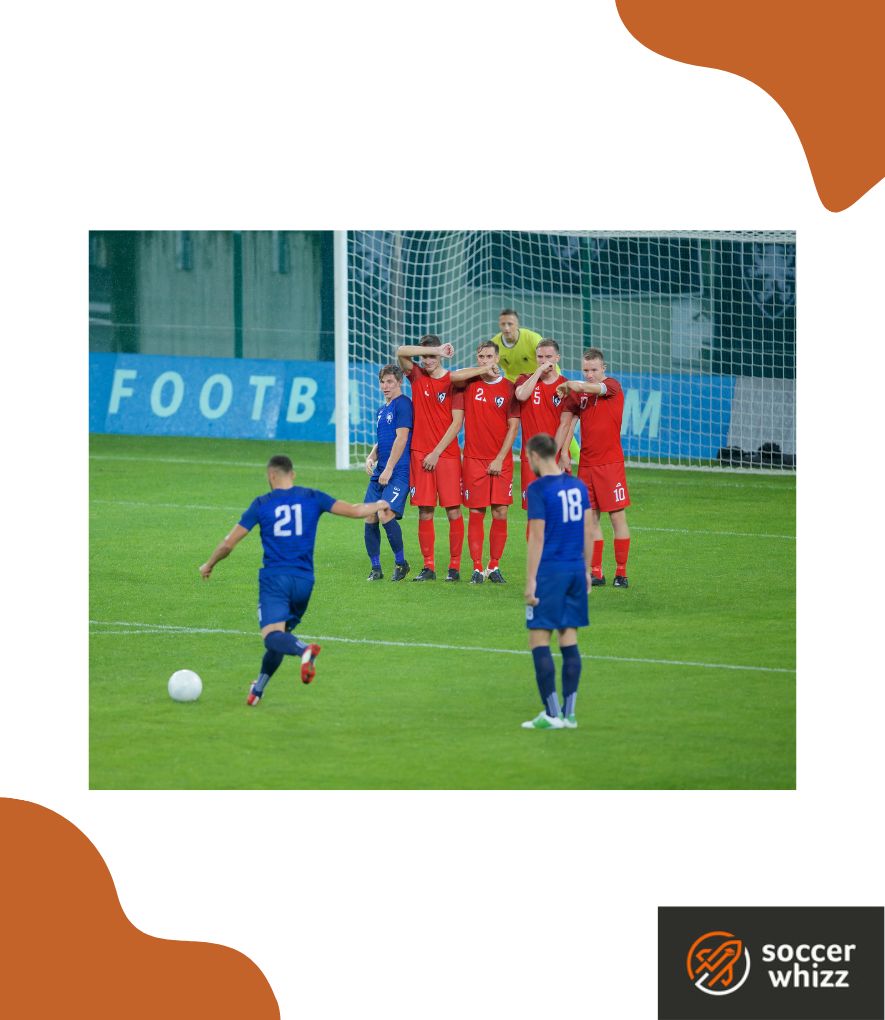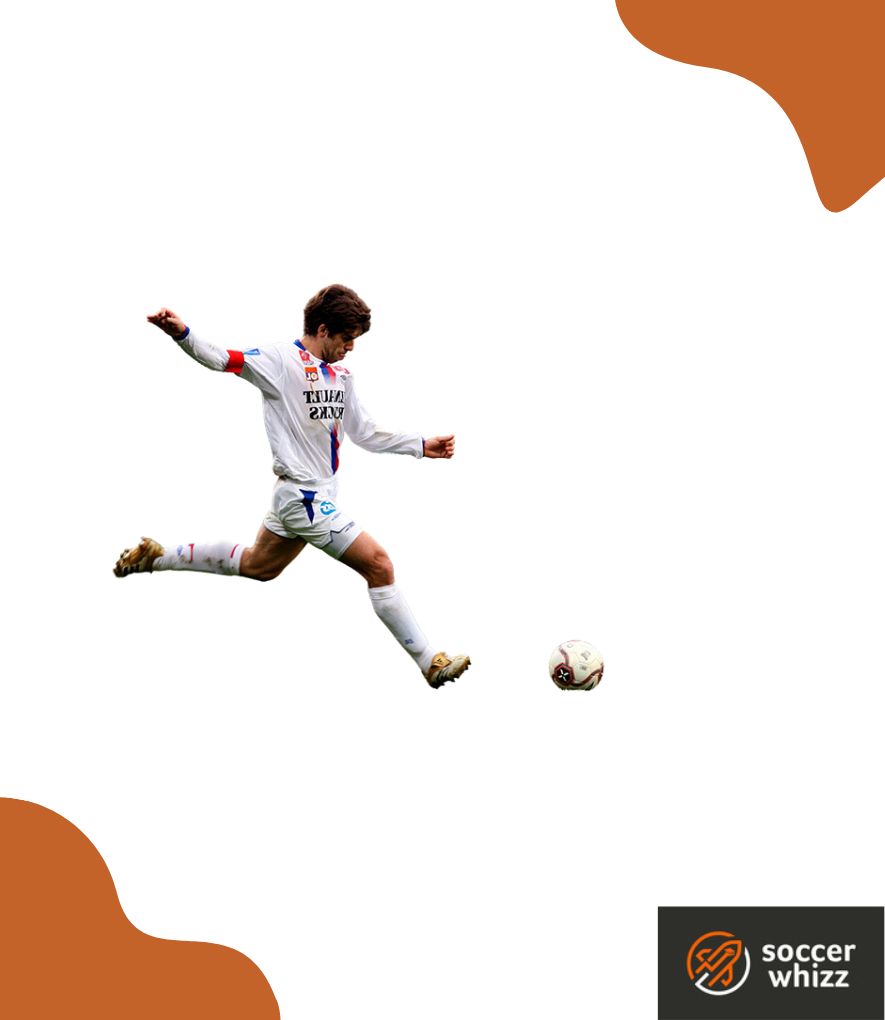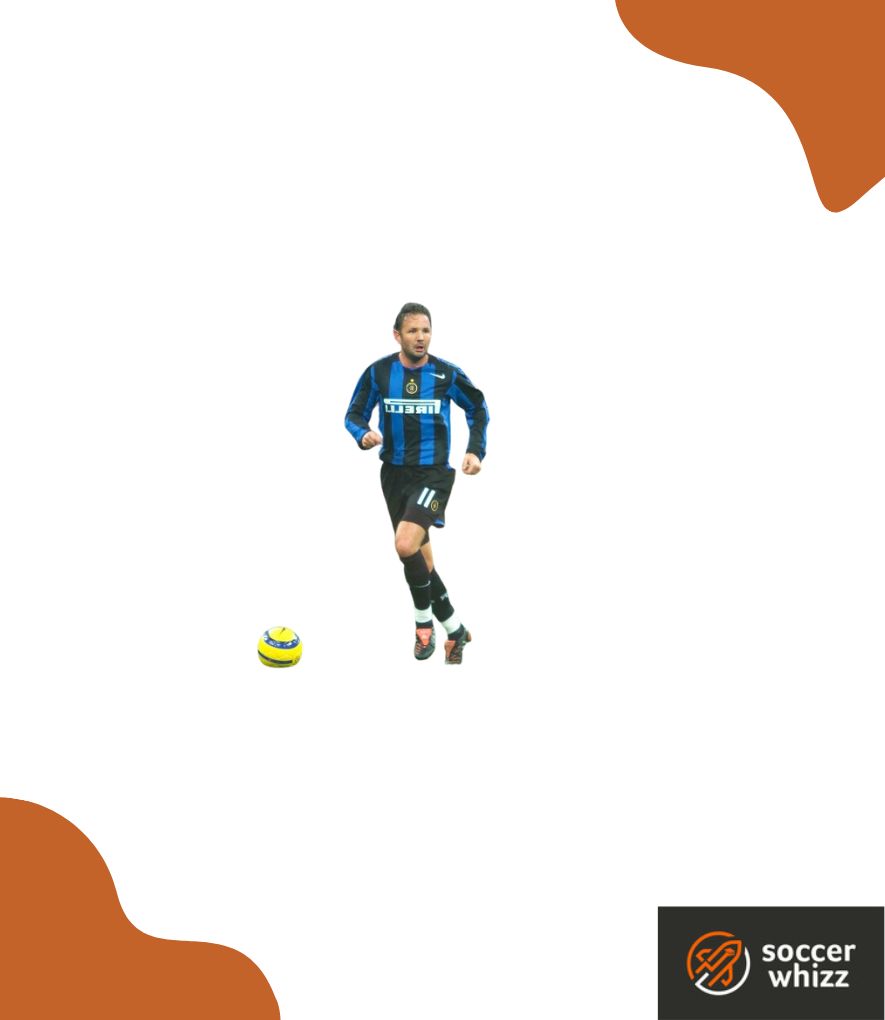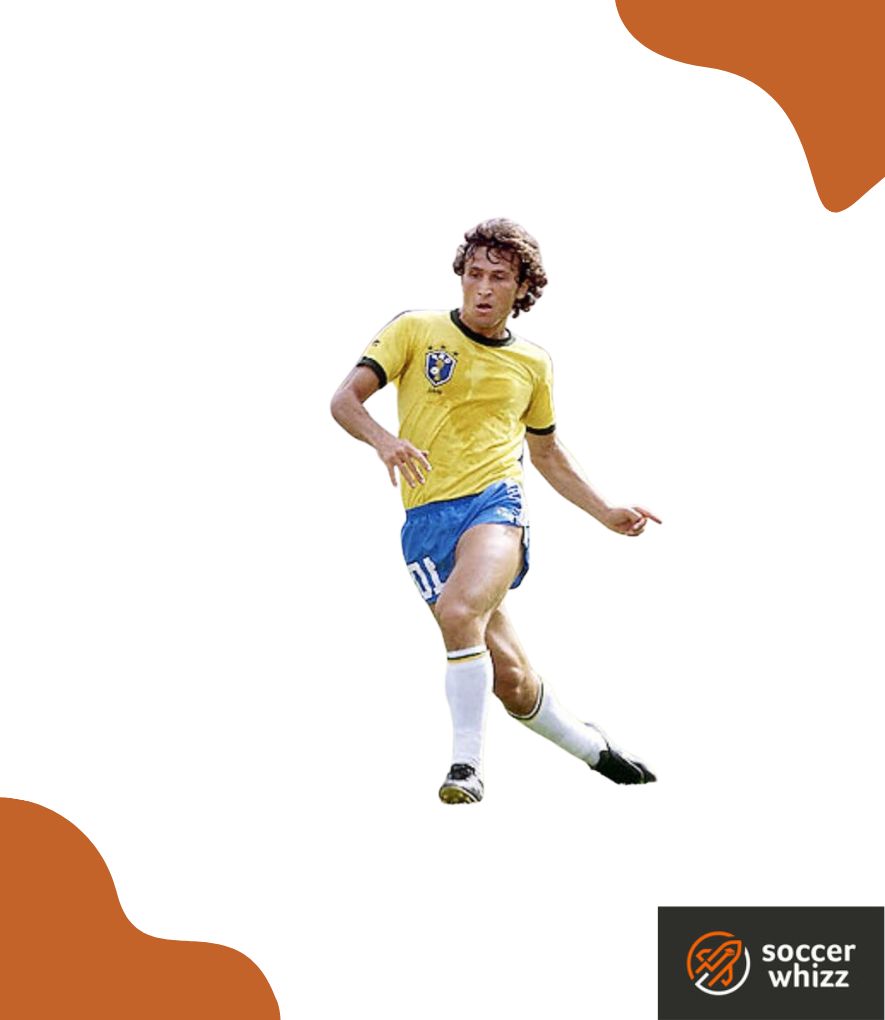Unlocking the potential for awe-inspiring goals and breath taking moments of skill, the free kick in soccer stands as a captivating spectacle within the beautiful game.
A pivotal and thrilling aspect of the sport, the free kick offers a rare opportunity for players to showcase their precision, technique, and strategic prowess.
In this article, we delve into the world of free kicks, exploring the mechanics, strategies, and artistry behind this set-piece play.
- What does the free kick term mean in soccer?
- What are the different types of free kick?
- What are the rules governing free kick taking in matches?
- What's the difference between a free kick and a penalty kick?
- Can a free kick be awarded inside the penalty area?
- Which players are famous for their exemplary free kick taking feats?
- Concluding thoughts
What does the free kick term mean in soccer?
In the realm of soccer, a free-kick serves as a pivotal moment when the game temporarily pauses to rectify an opposition player’s foul. It presents a player with a chance to restart match proceedings through an unopposed kick towards goal or by way of a short or long pass towards a team mate.

It also presents an unopposed opportunity for a player to regain possession of the ball.
One crucial aspect of the free-kick is that it must be taken precisely from the spot where the offense transpired, emphasizing the importance of accuracy and adherence to the rules.
Only when the ball is set in motion does the game resume, allowing the team on the receiving end of the offense to reclaim control and strategically revitalize their play.
The free-kick becomes a moment of both redemption and strategic advancement for the affected team.
What are the different types of free kick?
In the world of soccer, free-kicks can be classified into two categories:
- direct; and
- indirect.
The fundamental distinction lies in the scoring potential associated with each type.
A direct free-kick offers the enticing possibility of a player directly scoring a goal, whereas an indirect free-kick restricts the players from directly converting it into a goal.
While the direct free-kick carries the thrill of immediate goal-scoring opportunities, the indirect counterpart serves as a strategic play to advance the ball and set up subsequent goal-scoring chances.
Understanding the nuances between these two types of free-kicks adds an extra layer of intrigue to the dynamics of the game.
Direct free kick
The direct free-kick reigns as the most frequently witnessed type of set-piece.

When offenses occur on the field, it’s often the referee’s decision to grant a direct free-kick rather than an indirect one.
A direct free-kick presents an exhilarating opportunity for the player taking the kick to directly aim for the goal, without the ball requiring contact with another player beforehand.
Once the player strikes the ball, it can proceed straight into the goal, disregarding any intermediaries.
The prevalence of direct free-kicks arises from the fact that many common offenses committed during the game result in such penalties.
These offenses range from careless or reckless actions, the use of excessive force, and handball offenses to holding or impeding opponents through contact.
Indirect free kick
An indirect free-kick represents a distinct type of set-piece wherein the player executing the kick cannot directly score a goal.

Following the player’s delivery of an indirect free-kick, the ball must make contact with another player before a goal can be scored.
To circumvent this rule, players often employ a clever strategy by rolling the ball a short distance to a teammate after taking the kick.
This teammate then proceeds to take a shot at the goal.
This manoeuvre is permissible since the ball has now made contact with another player prior to a goal being scored.
Similar to a direct free-kick, the rules of soccer delineate an extensive list of offenses that warrant the awarding of an indirect free-kick.
Some examples include:
- a player exhibiting dangerous play;
- impeding an opponent’s progress without making physical contact;
- engaging in verbal offenses such as dissent or employing offensive language or gestures;
- obstructing a goalkeeper from releasing the ball from their hands; and
- attempting to kick the ball while a goalkeeper is in the process of releasing it.
What are the rules governing free kick taking in matches?
To grasp the mechanics of a free-kick in soccer, it’s essential to comprehend the five fundamental elements that govern its execution.
Which are as follows:
- The ball must be motionless before a player can strike it, emphasizing the need for a stationary position prior to the kick.
- Once the ball is kicked, it must exhibit clear movement, signifying an active play and setting the game in motion.
- The free-kick is taken precisely from the spot where the offense occurred, ensuring a fair restitution for the aggrieved team.
- Opponents must maintain a minimum distance of 9.15 meters (10 yards) from the ball during the free-kick, promoting a fair and unimpeded execution of the play.
The player taking the kick is prohibited from touching the ball again until it has come into contact with another player.
Reference – FA Law 13
What’s the difference between a free kick and a penalty kick?
While both penalty kicks and free-kicks share a common vicinity on the field, they possess notable distinctions that set them apart.
The crucial difference between a penalty kick and a free-kick lies in the circumstances under which they are awarded.
A penalty kick is granted specifically for offenses committed within the penalty area that warrant a direct free-kick.
On the other hand, a free-kick is awarded for infractions occurring outside the penalty area or for indirect free-kick offenses that transpire within the penalty area.
This differentiation ensures that the appropriate penalty is assigned depending on the location and nature of the offense.
Penalty kicks address direct free-kick offenses committed within the critical penalty area, offering a potent opportunity for the attacking team to directly aim for the goal.
In contrast, free-kicks deal with offenses occurring outside the penalty area or indirect free-kick offenses within it, allowing for tactical positioning and potential setup of goal-scoring opportunities through strategic plays.
Can a free kick be awarded inside the penalty area?
Whenever a free-kick is taken within the penalty area, it will invariably be classified as an indirect free-kick.
When an offense worthy of an indirect free-kick occurs within the penalty area, the referee will award the opposing team a free-kick from the exact location where the offense took place.
Similar to any other indirect free-kick, the player executing the kick must adhere to the same set of rules.
A free-kick within the penalty area presents both an opportunity and a challenge for the team in possession.
On one hand, it offers a favorable chance to utilize the ball unopposed in close proximity to the opponent’s goal.
Conversely, it poses a challenge as the temporary halt in play provides the opposing team with an opportunity to regroup and position all their players defensively before any action can be taken with the kick.
Which players are famous for their exemplary free kick taking feats?
Here are a few:
1. Juninho Pernambucano
Juninho’s knuckleball technique, a skill that has enticed notable figures such as Didier Drogba, Cristiano Ronaldo, and David Luiz, has been an endeavor they sought to emulate.

Nevertheless, none have managed to match the Brazilian maestro’s level of expertise.
His extraordinary capability of propelling the ball with precision, causing it to navigate a myriad of unpredictable trajectories before ultimately finding the back of the net, undeniably reigns supreme.
2. Sinisa Mihajlovic
Sinisa’s left foot possessed an awe-inspiring prowess, akin to the legendary hammer wielded by the fictional character Thor.

It wielded an unruly power, delivering merciless blows with brutal force, launching audacious strikes from considerable distances.
However, Mihajlovic’s dead ball technique also showcased a mesmerizing versatility and finesse.
With breath taking precision, he could shape and loft the ball, creating a graceful arc that danced through the air.
Moreover, his mastery extended to curving the ball with the elegant curl of his instep or unleashing a ferocious lash from right to left, utilizing the full power of his laces.
Interestingly enough, Mihajlovic jointly holds the record for most free kick goals scored in the history of Italy’s Serie A.
3. Zico
Zico, a remarkable ball striker, seamlessly combined exceptional technique with exquisite control and precision, frequently leaving opposing goalkeepers helpless in their attempts to save his shots.

Operating near the penalty area, the Brazilian maestro executed his kicks with a seemingly effortless two-step run-up, effortlessly adjusting the power of his strikes to suit the demands of each situation.
Concluding thoughts
At the end of the day, the free kick holds a significant place in the intricate fabric of soccer.
It’s a pivotal moment when the game pauses, providing teams with an opportunity to regain control, overturn the course of the match, or solidify their advantage.
Whether it’s a direct free kick that allows for a potential goal-scoring opportunity or an indirect free kick that demands strategic teamwork, this set-piece manoeuvre demands precision, skill, and tactical awareness.
Now before you leave, you can have a look at some of our related posts concerning soccer’s core concepts, such as:
- what a corner in soccer is all about;
- what a goal kick in soccer represents; and
- what a soccer kick off is
If you enjoy the content that I create and would like to buy me a coffee, then I’d really appreciate it!
Any money that I earn through this donation will be re-invested into more content for this website.
Additionally, by sending in a donation you’ll also receive a copy of my recently released 190+ page eBook on Soccer Ball Care, as well as be subscribed to our mailing list where you’ll be regularly informed on the latest developments concerning the Soccer Whizz blog.
- Future Icons: Europe’s Emerging Midfield Maestros Set for Glory - December 4, 2023
- Kickstarting a Revolution: How Soccer Transformed the United States Over the Last Four Years - October 7, 2023
- 4-1-4-1 Soccer Formation [Analysis] - September 23, 2023

